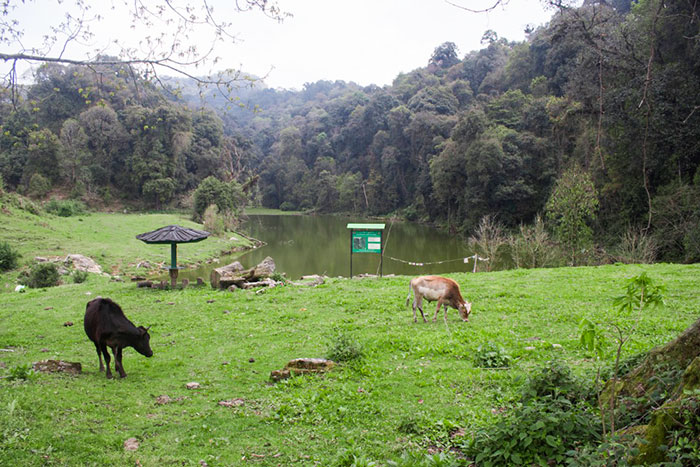Choki Wangmo
Chukha residents’ claim that the dzongkhag’s strategic location qualifies it to be a tourism hub in the country could materialise if the activities in its draft tourism action plan are implemented.
Themed “Destination Chukha: Authenticity with Diversity”, the dzongkhag has proposed a fund of Nu 65.50 million for tourism development under three strategic components of planning and development of products and services, promotion and marketing, and management and sustainability.
The proposed activities include creation of domestic recreation, winter recreation, trekking, increased regional tourism with entry from Phuentsholing, and identifying birding hotspots.
At the national consultation workshop on draft Tourism Action Plan of Chukha, conducted in Thimphu on March 5, the dzongkhag’s senior economic development officer, Sangay Thinley, said that, despite having access, strategic geographical location, and diverse products, there were minimal tourism activities in the dzongkhag. “Chukha dzongkhag is endowed with several advantages for tourism development.”
He said that Chukha is located in the western part of the country, accessible both by air and land, a preferred winter destination when off-season in other dzongkhags, and with diverse culture and nature-based products.
“The dzongkhag plans to market products and services by developing unique selling propositions (USP) for its eleven gewogs,” Sangay Thinley said. “Each gewog can prioritise one USP to market diverse products and services to enhance visitor experience, maximise opportunities for local benefits, and contribute towards low carbon tourism.”
The director general of the International Centre for Integrated Mountain Development (ICIMOD), Pema Gyamtsho (PhD), in a virtual address, said that, although Chukha is the gateway and the frontier dzongkhag of the country, it is apart from Phuentsholing and satellite towns along the highway. “The dzongkhag, where the first tourists entered Bhutan in the early 1970s when the country opened to tourists, is yet to receive any substantive benefits from it.”
He also said there was scope to increase the number of tourists by at least ten-fold if the dzongkhag could diversify tourism products and spread the arrivals. “It could mean exploring eco-tourism, nature tourism, wellness tourism, adventure tourism, and agro-tourism services.”
He said that, instead of selling tourism in terms of number of visitation days, the country should look into selling product-based marketing with various options that still protects the overall policy. “We must also ensure that each destination of attraction has a well-crafted visitation plan.”
The five-year action plan for the dzongkhag provides a road map for the dzongkhag to promote sustainable tourism development by enhancing socio-economic, cultural, and environmental benefits.
The director general said the dzongkhag is rich in natural resources like forests and water, which have potential for trekking, bird-watching, and homestays.
According to the action plan, the dzongkhag did not prioritise tourism development in the past though Chukha, despite being a transit point, sees the maximum number of tourist arrivals in the country.
The dzongkhag had less tourists halting the night due to the lack of tourism promotion activities.
Chukha dzongkhag administration, in collaboration with the Tourism Council of Bhutan, developed the plan with support from other agencies.
Officials from agencies like Association of Bhutanese Tour Operators, Royal Society for Protection of Nature, Bhutan for life, World Wildlife Fund, and Gedu Forest Division, attended the workshop.
The Nature Conservation Division supported the project through Kangchenjunga Landscape Conservation and Development Initiative of ICIMOD.


